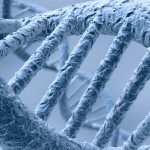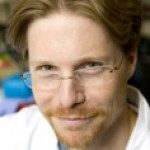Link to Pubmed [PMID] – 26446480
Sci Rep 2015;5:15023
The major virulence factors of Clostridium difficile are toxins A and B. These toxins are encoded by tcdA and tcdB genes, which form a pathogenicity locus (PaLoc) together with three additional genes that have been implicated in regulation (tcdR and tcdC) and secretion (tcdE). To date, the PaLoc has always been found in the same location and is replaced in non-toxigenic strains by a highly conserved 75/115 bp non-coding region. Here, we show new types of C. difficile pathogenicity loci through the genome analysis of three atypical clinical strains and describe for the first time a variant strain producing only toxin A (A(+)B(-)). Importantly, we found that the PaLoc integration sites of these three strains are located in the genome far from the usual single known PaLoc integration site. These findings allowed us to propose a new model of PaLoc evolution in which two “Mono-Toxin PaLoc” sites are merged to generate a single “Bi-Toxin PaLoc”.





